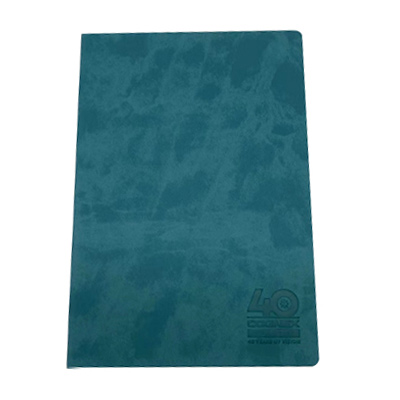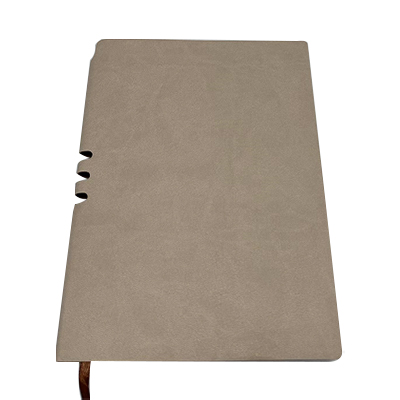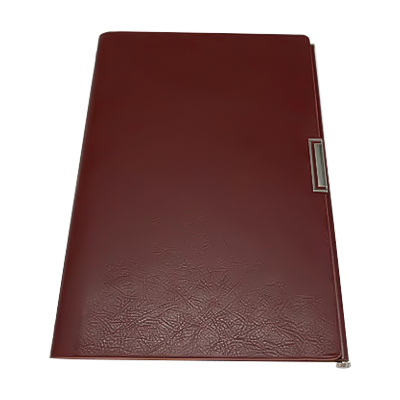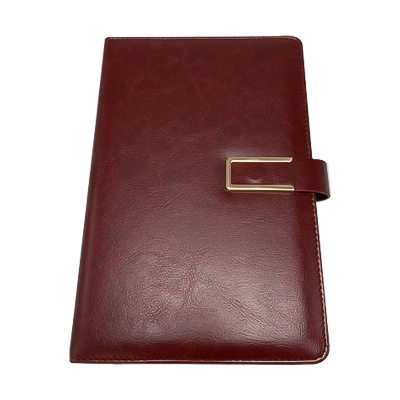1. Environmental Advantages of Paper Packaging
Renewable Raw Materials
Paper is primarily derived from wood or other plant fibers, which can be obtained through sustainable forestry. This means that the production of paper packaging is more harmonious with the natural ecosystem. Compared to plastic, which relies on petrochemical resources, paper packaging is more environmentally friendly and controllable in terms of resource sourcing.
Recyclability
Paper is one of the packaging materials with the most comprehensive recycling system globally. Most countries and regions have paper recycling channels, and consumer habits have been established. Through recycling and reuse, paper packaging can significantly reduce resource waste caused by single-use packaging.
Degradability
Unlike plastic, which takes hundreds of years to decompose, paper packaging decomposes naturally within weeks to months, leaving far less harm to soil and water. For eco-conscious consumers, paper packaging clearly meets environmental concerns.
2. Connecting Brand Image with Consumer Psychology
Communicating a Sense of Responsibility
For a brand to use paper packaging is itself a manifestation of its social and environmental responsibility. This action sends a positive signal to consumers that "we care about the environment."
Enhancing Trust
In a highly competitive market, environmental initiatives can often become a differentiator. Consumers are more willing to support brands that not only provide quality products but also care about the future of the planet. Paper packaging, as a visible environmental initiative, helps build this trust.
Appealing to Young Consumers
Generation Z and Millennial consumers are highly concerned about environmental and sustainability issues. They are more likely to favor brands that use eco-friendly packaging and spread the word via social media. This preference among these groups is further driving the trend of brands adopting paper packaging.
3. Application Scenarios and Case Studies
Food and Beverage Industry
Paper packaging for coffee cups, takeout boxes, and fast-moving consumer goods is gradually replacing plastic. Paper packaging is not only environmentally friendly but also incorporates oil-resistant coatings and printing technologies, achieving both practicality and aesthetics. For example, fast food giants like McDonald's and KFC have gradually replaced some plastic packaging with paper.
E-commerce Packaging
With the rapid development of e-commerce, express delivery packaging has become a key area of environmental concern. More and more e-commerce platforms are adopting paper delivery boxes and paper cushioning materials to protect products while reducing plastic pollution. Alibaba, Amazon, and other companies are driving this transition. High-end Brands
Paper packaging doesn't necessarily mean "cheap." On the contrary, it can achieve a premium feel through sophisticated design and specialized craftsmanship. For example, Apple has significantly reduced plastic in its iPhone packaging, switching to high-quality paper trays and boxes. This is not only environmentally friendly but also reinforces the brand's minimalist, high-end aesthetic.
Success Stories
Starbucks: Gradually replacing plastic straws with paper straws and promoting a cup recycling program.
IKEA: Announced the elimination of all plastic packaging, transitioning entirely to paper and biodegradable materials.
Apple: Annually reducing the amount of plastic used in its product packaging and highlighting its environmental efforts in its marketing.
These examples demonstrate that paper packaging is not only feasible but can also serve as an important bridge between brands and consumers regarding environmental protection.
4. Challenges and Areas for Improvement
Cost Issues
While paper packaging is more environmentally friendly, in some cases it still costs more than traditional plastic. For example, waterproof and oil-resistant paper packaging requires additional processing, which increases costs for the company.
Functional Limitations
Paper packaging's water resistance, oil resistance, and strength are still inferior to some plastic products, posing a challenge in food packaging and long-distance transportation. Balancing environmental protection and functionality is a challenging issue for the industry.
Greenwashing Risk
Some brands may simply switch to paper packaging without truly establishing an environmental protection system, which can easily be questioned by consumers as "greenwashing." Therefore, paper packaging must be integrated with broader sustainable practices to gain market acceptance.
5. Future Trends
New Environmentally Friendly Coatings and Materials
With technological advancements, environmentally friendly coatings such as those based on plant-based materials are emerging, potentially breaking through the functional limitations of paper packaging.
Smart Packaging and Traceability
In the future, paper packaging may not only carry goods but also incorporate digital features, such as QR codes that track product environmental information, allowing consumers to participate in recycling.
Circular Economy System
More brands and governments are promoting the recycling and reuse of paper packaging. For example, establishing a closed-loop "recycling-reuse" system to truly integrate paper packaging into the circular economy.

 English
English Deutsch
Deutsch Français
Français Español
Español русский
русский عربى
عربى





